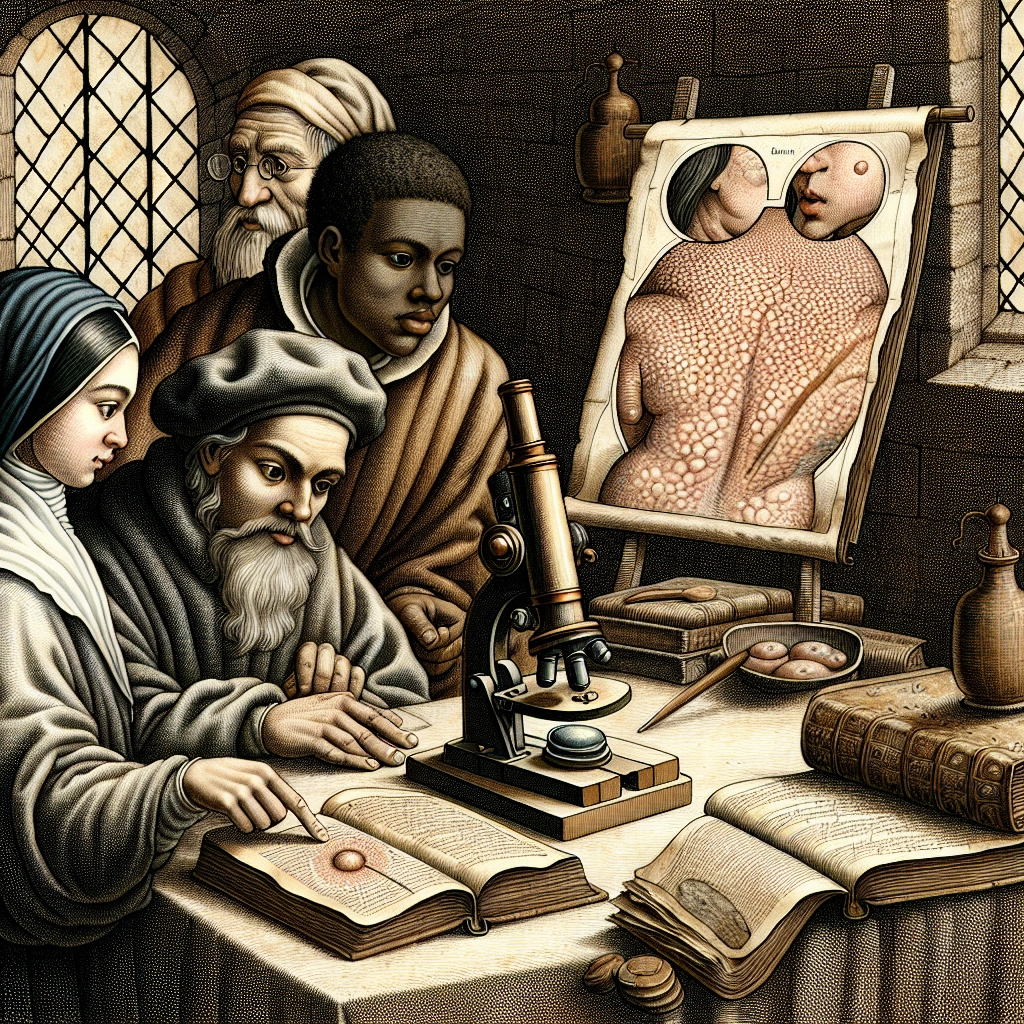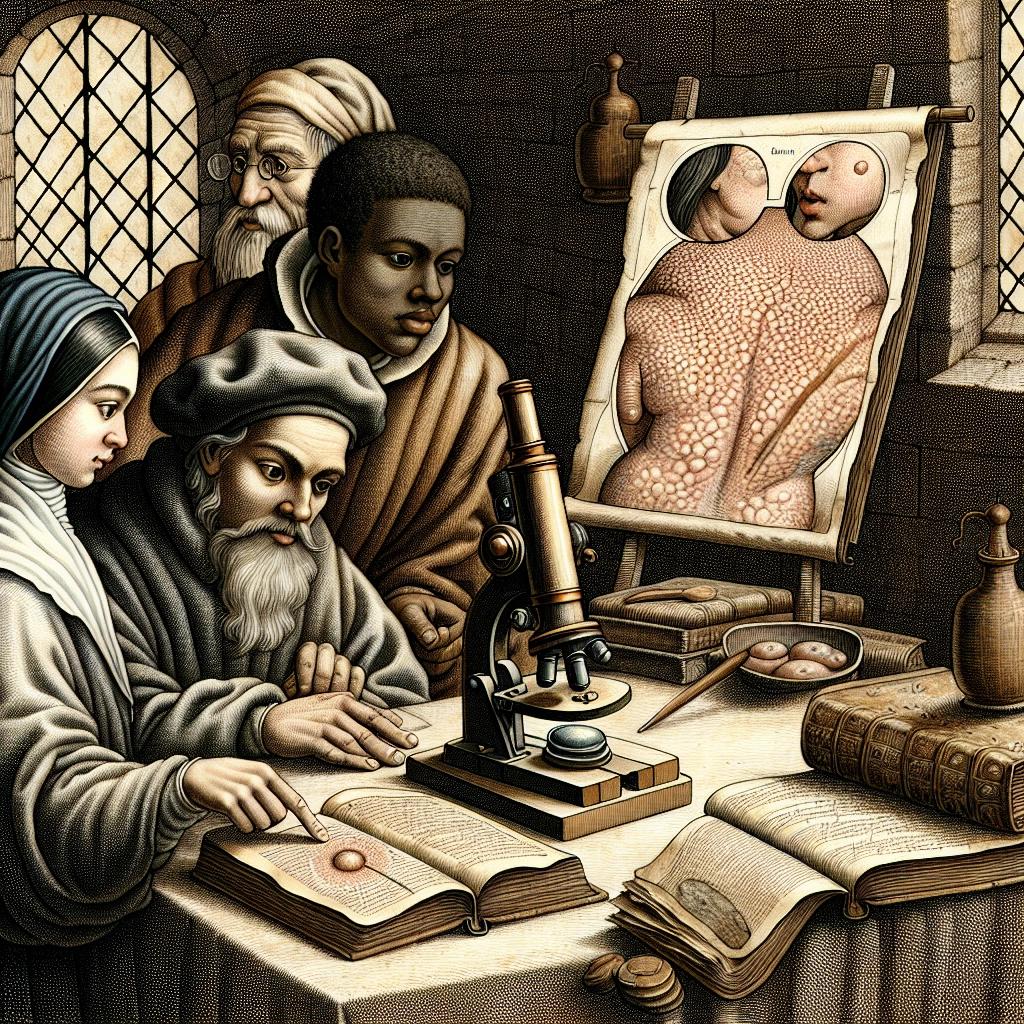The Curious Case of Goosebumps: Why Do We Get Them?
 Quantum Cyber Solutions
Quantum Cyber Solutions

Published on
Friday, May 29, 2020
The Curious Case of Goosebumps: Why Do We Get Them?
=======================================================
Authors

Name
Eric deQuevedo 😄
Twitter
🐔 The Curious Case of Goosebumps: Why Do We Get Them? 🐔
Goosebumps are a peculiar reaction of our skin to various stimuli, such as cold, fear, or emotional moments. This intriguing phenomenon raises the question: why do we get goosebumps? Let's delve into the science behind goosebumps, their evolutionary origins, and why we still experience them today.
🔬 The Science of Goosebumps 🔬
Goosebumps, also known as piloerection or horripilation, occur when tiny muscles at the base of hair follicles contract, causing the hairs to stand upright.
🧠 How Goosebumps Happen 🧠
🧬 The Mechanism:
- Arrector Pili Muscles: Small muscles called arrector pili are attached to each hair follicle. When these muscles contract, they pull the hair upright, resulting in the characteristic bumps on the skin.
- Nervous System Response: Goosebumps are triggered by the autonomic nervous system, which controls involuntary bodily functions. Specifically, the sympathetic nervous system activates the arrector pili muscles in response to certain stimuli.
🌍 Common Triggers:
- Cold: Exposure to cold temperatures is a common trigger for goosebumps. The body's attempt to generate warmth by trapping an insulating layer of air close to the skin causes the hairs to stand up.
- Emotions: Strong emotions such as fear, awe, or excitement can also induce goosebumps. This response is thought to be linked to the body's fight-or-flight mechanism.
- Music and Memories: Certain pieces of music or powerful memories can evoke emotional reactions that lead to goosebumps, often described as a "chill" down the spine.
🌍 The Evolutionary Origins of Goosebumps 🌍
Goosebumps are an evolutionary holdover from our ancestors, who had much more body hair.
📈 Evolutionary Purpose:
- Thermoregulation: For our fur-covered ancestors, the piloerection response helped to trap a layer of air close to the skin, providing additional insulation and helping to maintain body temperature in cold environments.
- Intimidation: Raising body hair made our ancestors appear larger and more intimidating to predators or rivals. This could have been advantageous in avoiding confrontations.
🦧 Modern Humans:
- Vestigial Response: In modern humans, with much less body hair, goosebumps no longer serve the same practical purposes. However, the physiological mechanism remains as a vestigial response.
- Psychological Impact: While the practical function may be diminished, the experience of goosebumps can still play a role in emotional and psychological responses, enhancing our sensory experiences.
🌟 The Fascination with Goosebumps 🌟
Goosebumps are not just a curious physiological response; they also have significant cultural and psychological implications.
🎵 Emotional Reactions:
- Music and Art: Goosebumps are often experienced during profound musical or artistic moments. This response is sometimes referred to as "frisson" and is associated with the release of dopamine, a neurotransmitter linked to pleasure and reward.
- Storytelling: Intense scenes in movies, books, or stories can evoke goosebumps, adding to the immersive experience and emotional impact.
💡 Scientific Study:
- Research: Scientists study goosebumps to understand the complex interplay between the nervous system, emotions, and physical reactions. This research can provide insights into human evolution, psychology, and physiology.
🌟 Embracing the Mystery of Goosebumps 🌟
Goosebumps are a remarkable reminder of our evolutionary past and the intricate connections between our bodies and minds. Whether triggered by cold, fear, or a beautiful piece of music, they offer a glimpse into the complex mechanisms that govern our reactions to the world around us.
Next time you experience goosebumps, take a moment to appreciate the fascinating science behind this common yet mysterious phenomenon. Let's celebrate the wonders of our bodies and the evolutionary stories they tell.
Discuss on Twitter • View on GitHub
Tags
Goosebumps
Human Body
Biology
Evolution
Skin
Questions
Previous Article
Sunburn Unveiled: Why Do We Get Sunburned?
Next Article
Subscribe to my newsletter
Read articles from Quantum Cyber Solutions directly inside your inbox. Subscribe to the newsletter, and don't miss out.
Written by
